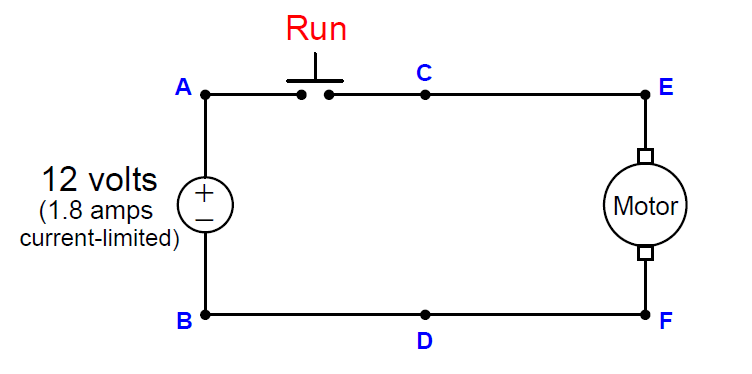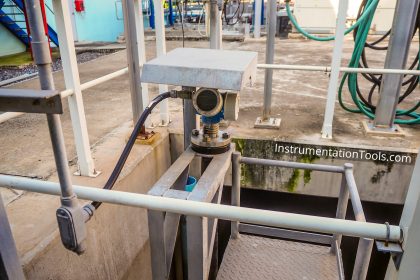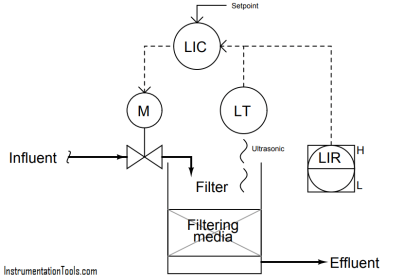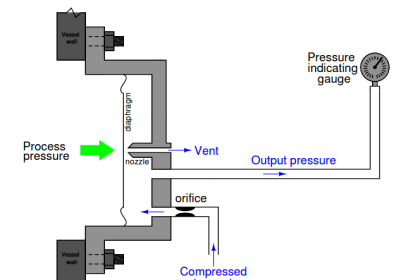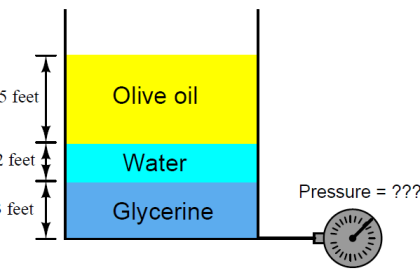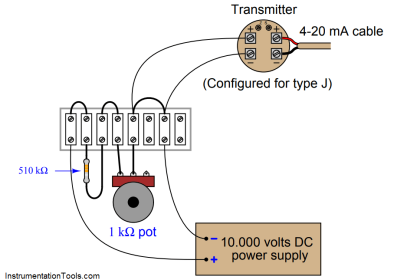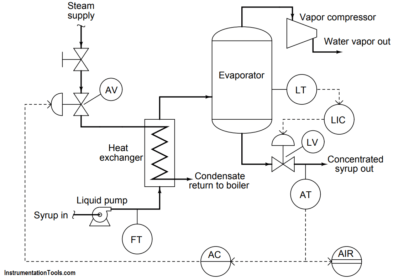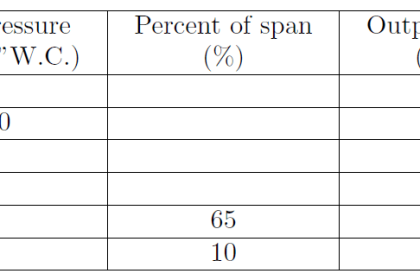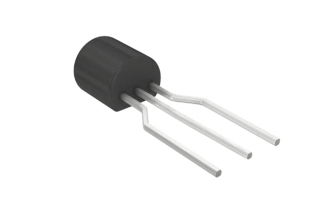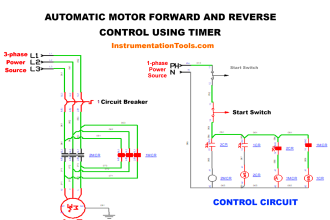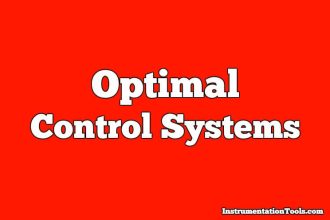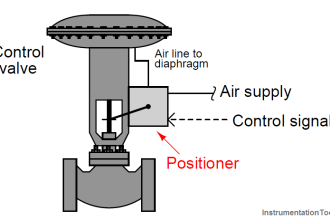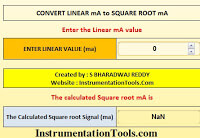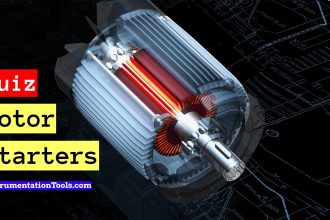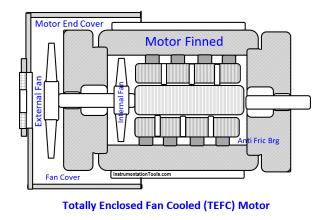Suppose the electric motor refuses to run when the “Run” pushbutton switch is pressed. A technician begins diagnosing electric motor circuit following the steps shown (in order):
- Test 1: Measured 12 volts DC between points C and D, with “Run” switch pressed.
- Test 2: Measured 0 volts DC between points A and C, with “Run” switch unpressed.
- Test 3: Measured 12 volts DC between points A and B, with “Run” switch pressed.
- Test 4: Measured 12 volts DC between points E and F, with “Run” switch pressed.
- Test 5: Measured infinite ohms between points E and F, with “Run” switch unpressed.
Diagnosing Electric Motor Circuit
Identify any useful information about the nature or location of the fault derived from the results of each test, in order of the tests performed.
If the test is not useful (i.e. provides no new information), mark it as such. Assuming there is only one fault in the circuit, identify the location and nature of the fault as precisely as you can from the test results shown above.
Solution:
The fault is an “open,” between points E and F.
Share your answers & explanations.
Credits: Tony R. Kuphaldt
Read Next:
- AC Motor Theory
- Types of AC Generators
- AC Generation Analysis
- Series-Wound Motor
- DC Generator Internal Losses
